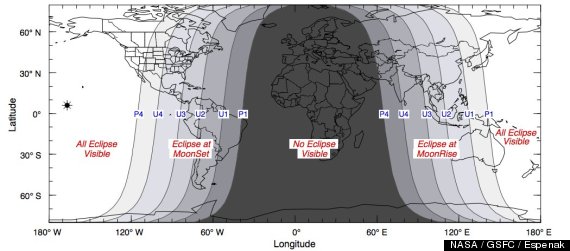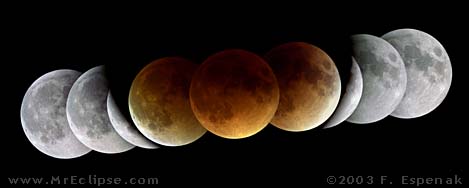Posted by : Asia Sansalone
Tuesday, October 7, 2014
Wednesday's Blood Moon Lunar Eclipse and How To Photograph It
UPDATE!!!!! I had a lot of fun photographing the eclipse! It was challenging but really awesome to look at! I ended up using my telephoto lens and here is probably my favorite shot out of about 100 photos. NO EDITING OR PHOTOSHOP! RAW IMAGE!
 |
| Photo by Asia Sansalone |
Tonight, well early morning October 8th there will be an astronomical phenomenon known as a lunar Eclipse as well as a blood moon. The full eclipse will start at 6:25 a.m. EDT and last until 7:24 a.m, according to NASA.
What is a lunar eclipse? It is an eclipse in which the moon appears darkened as it passes into the earth's shadow.
Why is it a" blood moon"? The moon will appear a coppery red, so it's been called a "blood" moon. It'll look red because of all the sunsets and sunrises from the Earth that will reflect onto the lunar surface.
This is a perfect opportunity for all photographers to get some really awesome photos of the moon. I'm planning on doing a multiple exposure photo. That means I will take multiple shots of the progression through the lunar eclipse. Afterward, in Photoshop I will compile the images into one photograph. This will show the movement of the lunar eclipse.
How to photograph the lunar eclipse using the Multiple exposure technique.
The multiple exposure technique gives you a special frame of movement capturing the total lunar eclipse compiled into one photo. With digital cameras, a series of exposures are shot during the eclipse and saved as separate image files. These are later stacked and combined into one image using a photo editing program like Photoshop.
This involves finding your exposure. Doing some test shots before the eclipse starts is a good idea.
Use a tripod and manual focus on a lens of your choice. A wide angle lens is best for a multiple exposure shoot but you can use a telephoto lens to get a large picture of the moon. An essential key to the success of this method is ensuring that your camera and tripod remain absolutely rigid and do not move throughout the eclipse.
Your ISO will probably be within the 400-1600 range on the smallest aperture available depending on your lens you are using.
The shutter speed will be anywhere around 8 seconds to 15 seconds. You don't really want any longer than that or you will get a star trail effect.
Correction: I was shooting the moon at about 1/400 of a second and then as the eclipse was happening I slowed my shutter speed to about an 8th of a second. 15 seconds was way too long and gave me an over exposed moon.
Make the first exposure as the partial eclipse begins and then shoot additional exposures every five to ten minutes. Be consistent and use the same time interval between every shot. This will produce an aesthetically pleasing string of evenly spaced Moon images showing the progress of the eclipse. (http://www.mreclipse.com/LEphoto/LEphoto.html)
Since the exposure changes through out the eclipse process you will need to adjust along with the shots.
After taking your pictures of the eclipse stack them in photoshop and play around with the stacking effects until you get the desired look.
I will update this post with pictures I'm taking tomorrow morning!
Please share your lunar pictures too!!!
After taking your pictures of the eclipse stack them in photoshop and play around with the stacking effects until you get the desired look.
I will update this post with pictures I'm taking tomorrow morning!
Please share your lunar pictures too!!!
Related Posts :
- Back to Home »
- astrophotography , blood moon , lunar eclipse , night photography , october 8th 2014 , photography »
- Wednesday's Blood Moon Lunar Eclipse and How to Photograph It



















